Beirut: A cosmopolitan, urban city policed by carbine-armed soldiers, where ferraris and BMWs park next to armored tanks, where glass-paned high-end boutique shops neighbor derelict husks of concrete bombed out by a 10 year old war.
There are military checkpoints, and there are children playing in the streets by the checkpoints. There are abandoned buildings whose walls are riddled with bullets, and there are some of the region’s classiest upscale lounges next door. It’s a city that presents itself as glitz and glam under the underlying knowledge that it’s still in the middle of a war.
Below is the statue of Place des Martyrs, the former location for the Hezbollah encampment a year ago; if you look closely, the statue is riddled with bullet holes from the recent conflicts in Beirut.
Downtown Beirut is also dotted with amazing preservations of Roman ruins, like the Cardo Maximus pictured below.

The distinction continued into the farflung region of Baalbek (5000-6000 Lebanese pounds for a 2hr. minibus ride from the Cola transport hub in Beirut), where despite it being Lebanon’s most popular tourist destination, is also the headquarters of Hezbollah.
Yes, this is the same Hezbollah you hear about on CNN, BBC, and various western governments that denounce one of Lebanon’s major government forces as a terrorist organization. Although we hear of them to be responsible for kidnappings of Westerners, car bombings, suicide jihadists and targeted assassinations, that same organization is also regarded by some for the essential rebuilding and charity work for the oppressed and poor. Take what you will from these observations, whether you say that “murderers are still murderers” or “every government has a dark side,” the observation is that Hezbollah’s headquarters is simply a sleepy little city that still welcomes foreign tourists — Americans included — with open arms. Honestly, I wish I knew more about this so I wouldn’t sound so naive, but I’m slowly learning.
And the sights itself, the ruins of Baalbek, was once known as Heliopolis — home to the grand Temple of Jupiter, Temple of Bacchus, and the Temple of Venus: Truly well preserved and almost rivals that of the ruins of the Karnak Temple in Egypt.
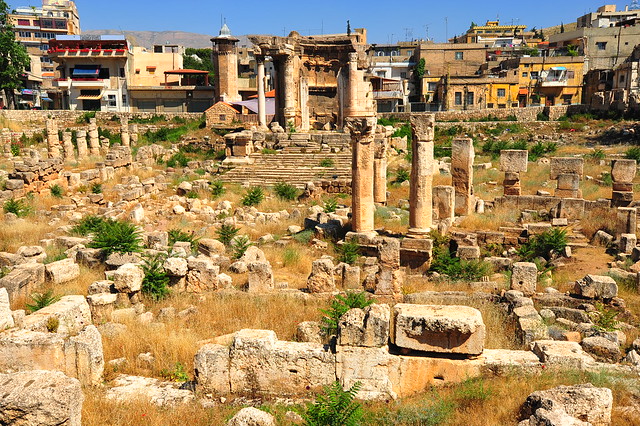
After another 2hr. mini-bus ride from Baalbek back to Beirut, we were dropped off in the outskirts of the Palestinian refugee campus, which according to our Lonely Planet, “should not be visited unless accompanied by a trusted guide.” Oops.
But to be honest, walking through it wasn’t that bad. They’re not really camps per se, but neighborhoods that some we’ve talked to have likened to “slums.” I wouldn’t go that far, but the contrast from the higher-end neighborhoods of Hamra and Downtown Beirut is striking.
After a little walk, we then cabbed it uptown to the very very pretty Pigeon Rock:
And given the spectacular view, we decided to go for a dinner and shisha by the Corniche.
Even though we spent only a mere 2 days here, I’ve already seen so much while in Lebanon and am already thinking of the next time I’ll be back here.
We’re probably going to go out on the town again tonight, before resting up for our flight to Amman, Jordan tomorrow.
UPDATE: We just heard huge explosions outside and everyone in our cafe immediately got up and looked worried, asking the waiters if something was going down. So we stepped outside to find out they were fireworks instead.
- At time of posting in Beirut, it was 75.2 °F -
Humidity: 65% | Wind Speed: 3km/hr | Cloud Cover: partly cloudy

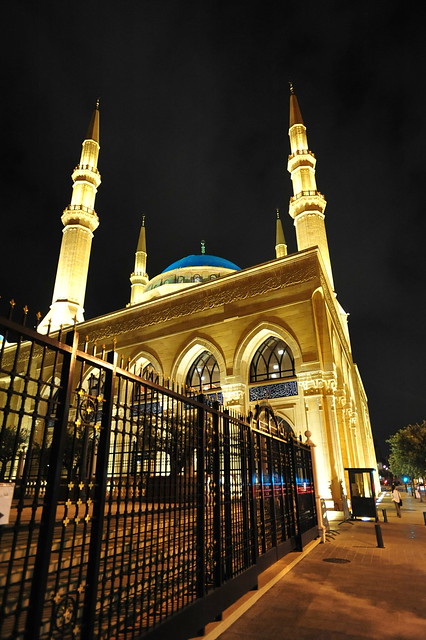
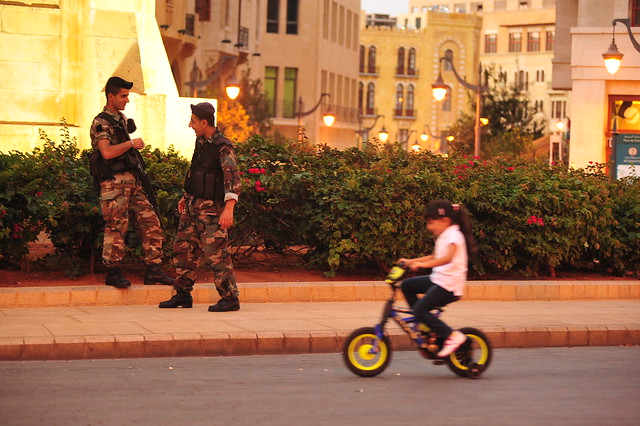

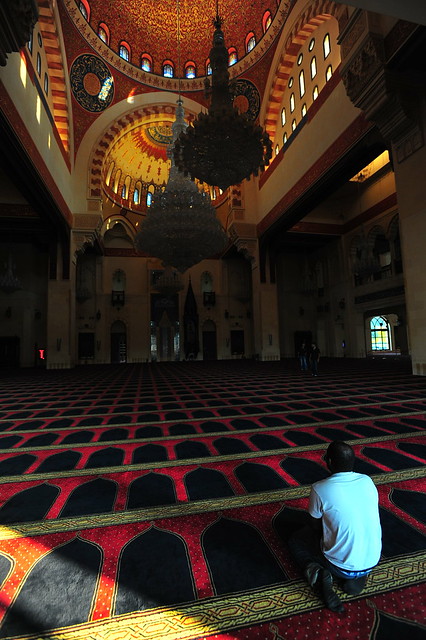
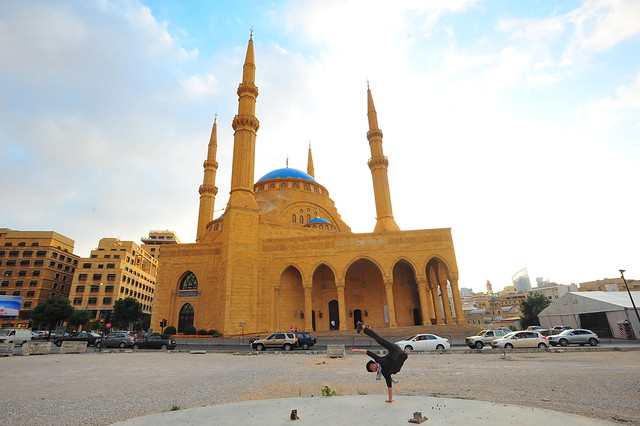

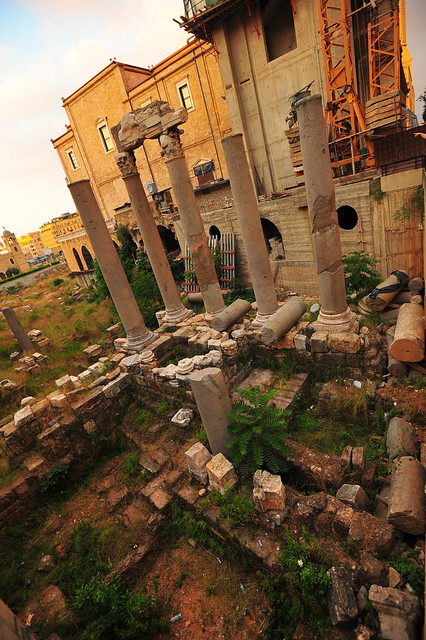
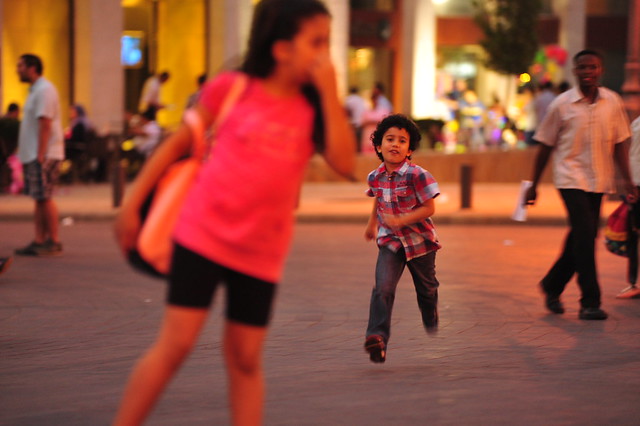
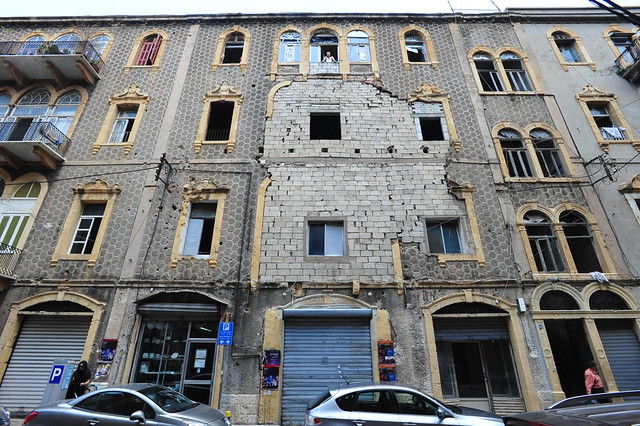
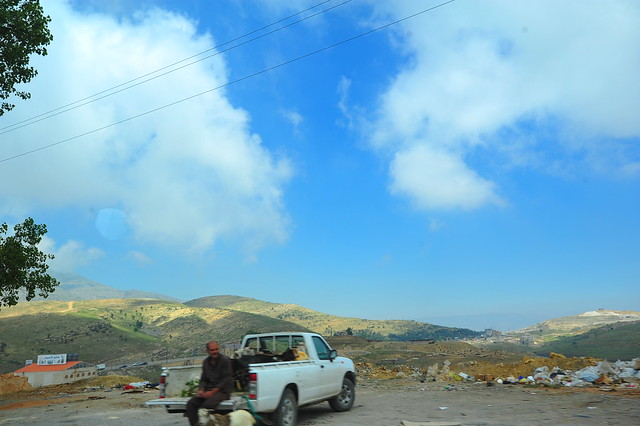
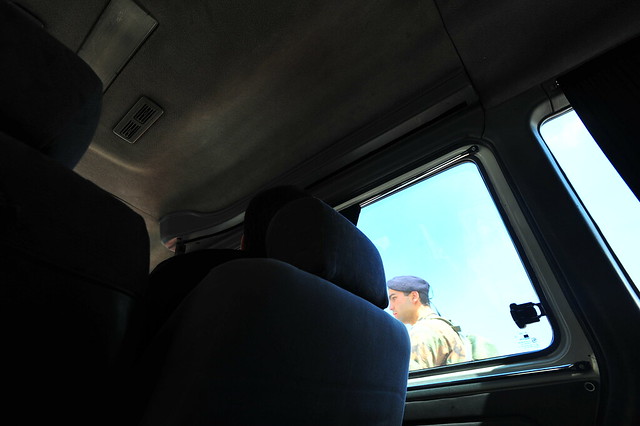
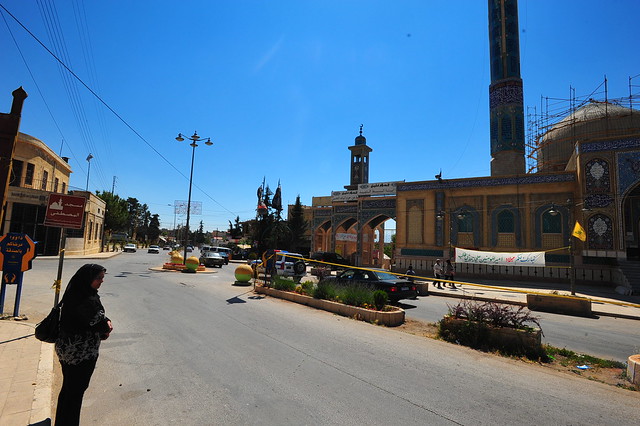
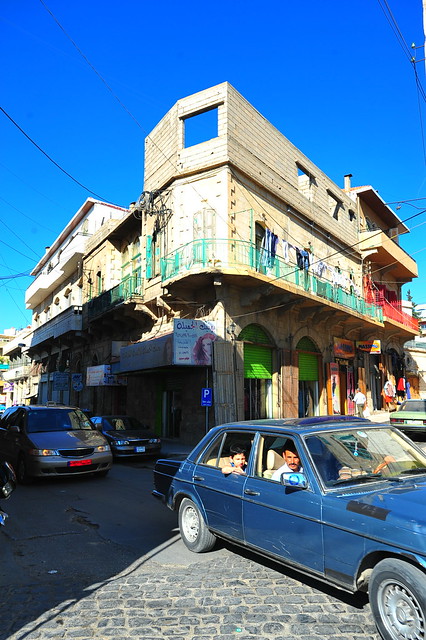
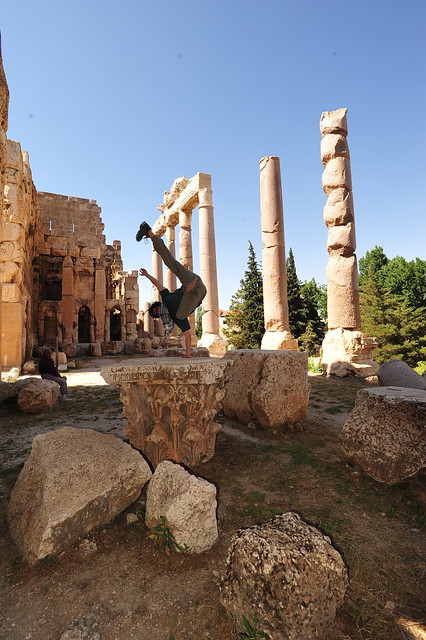
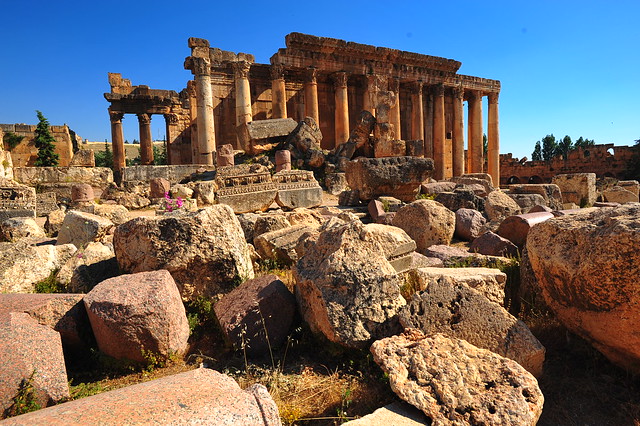
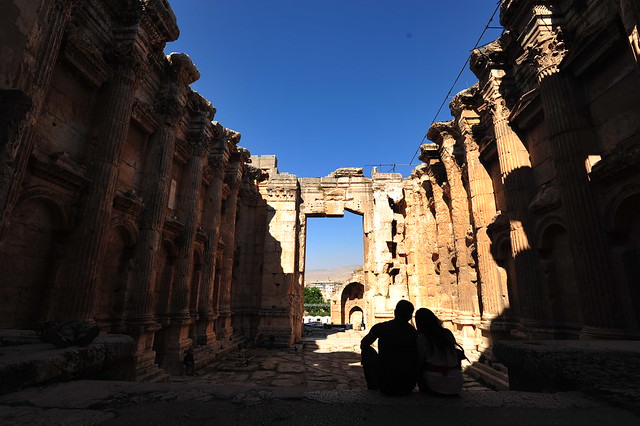
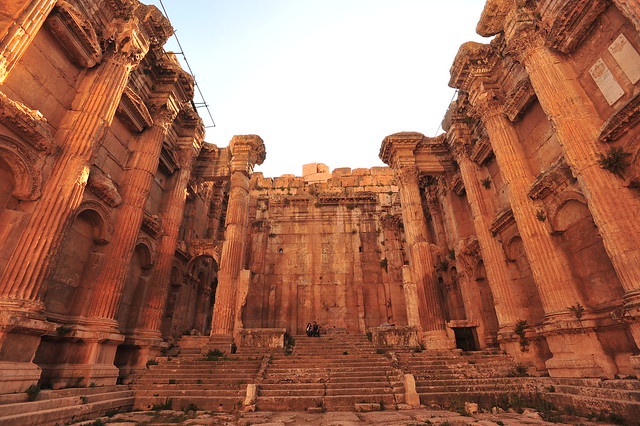
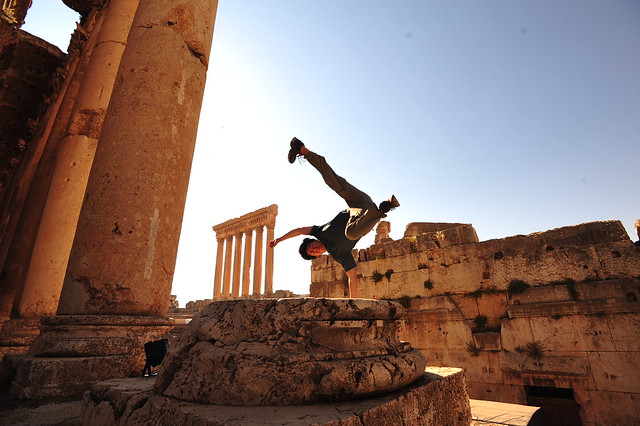
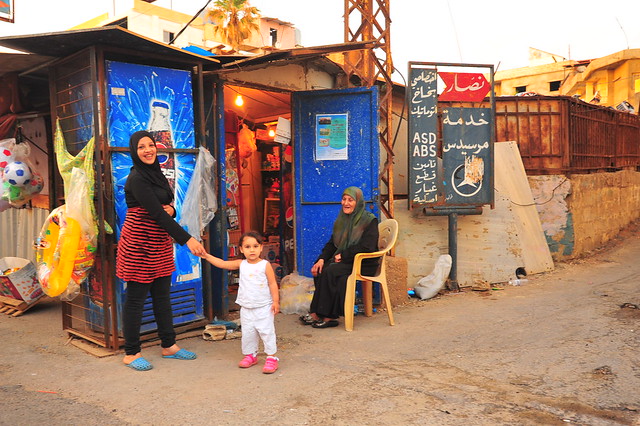
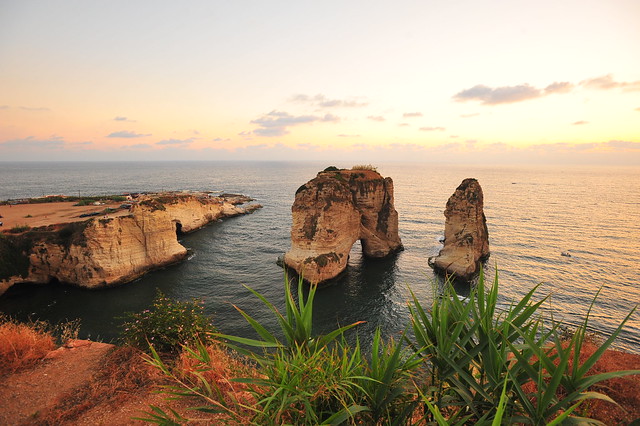





If you want to read an interesting anthropology text (which is probably a little dated but still solid) about Hezbollah and Shi’ia Islam in Lebanon, I would definitely recommend “An Enchanted Modern: Gender and Public Piety in Shi’i Lebanon ” by Lara Deeb. It’s pretty enlightening.
Beautiful pictures! Thank you for that
Wow I’m surprise you were able to sneak pictures of so many military places! Even NYC security yells at tourists!
PS I think you need a new “you got serve” pose